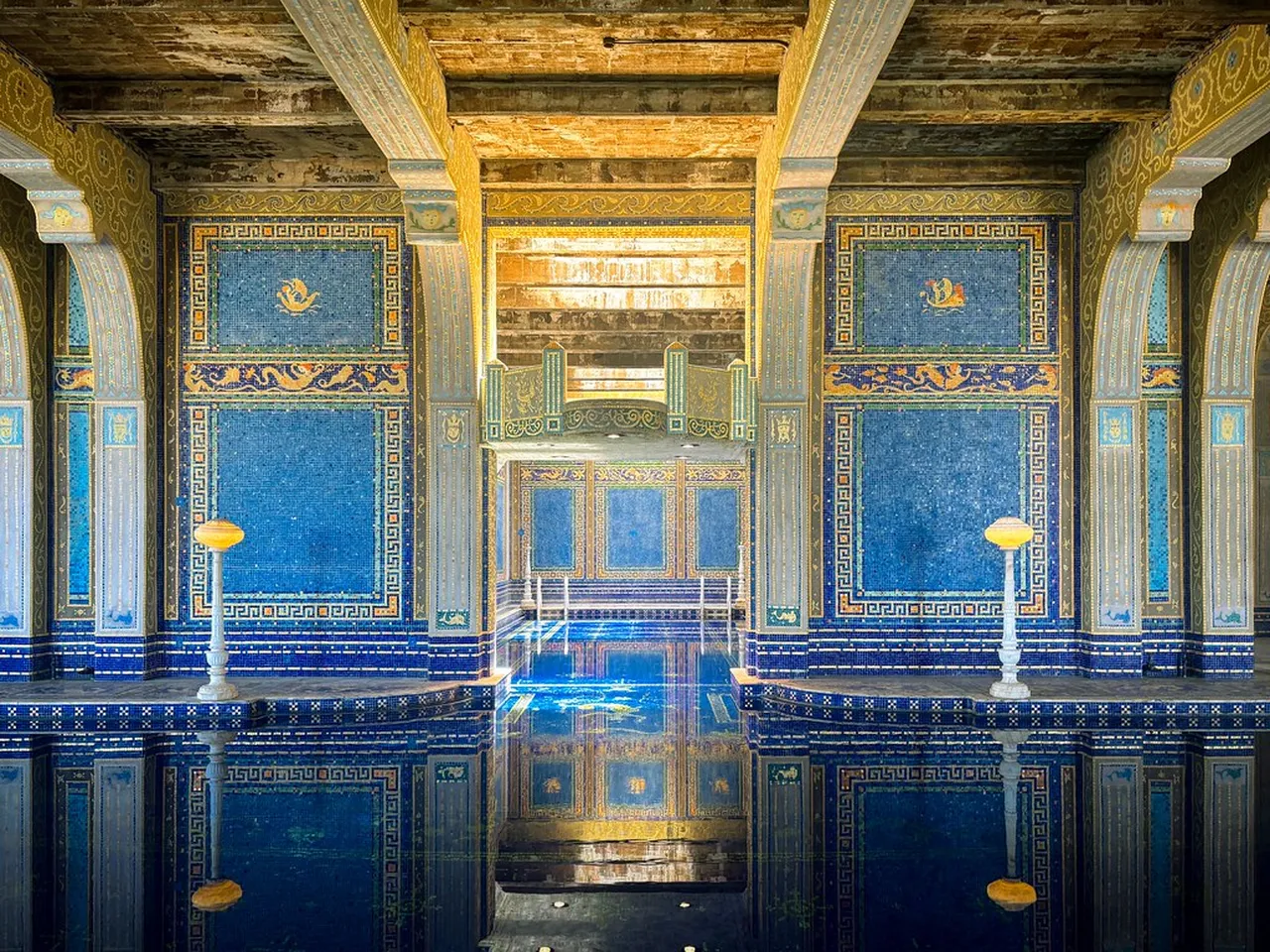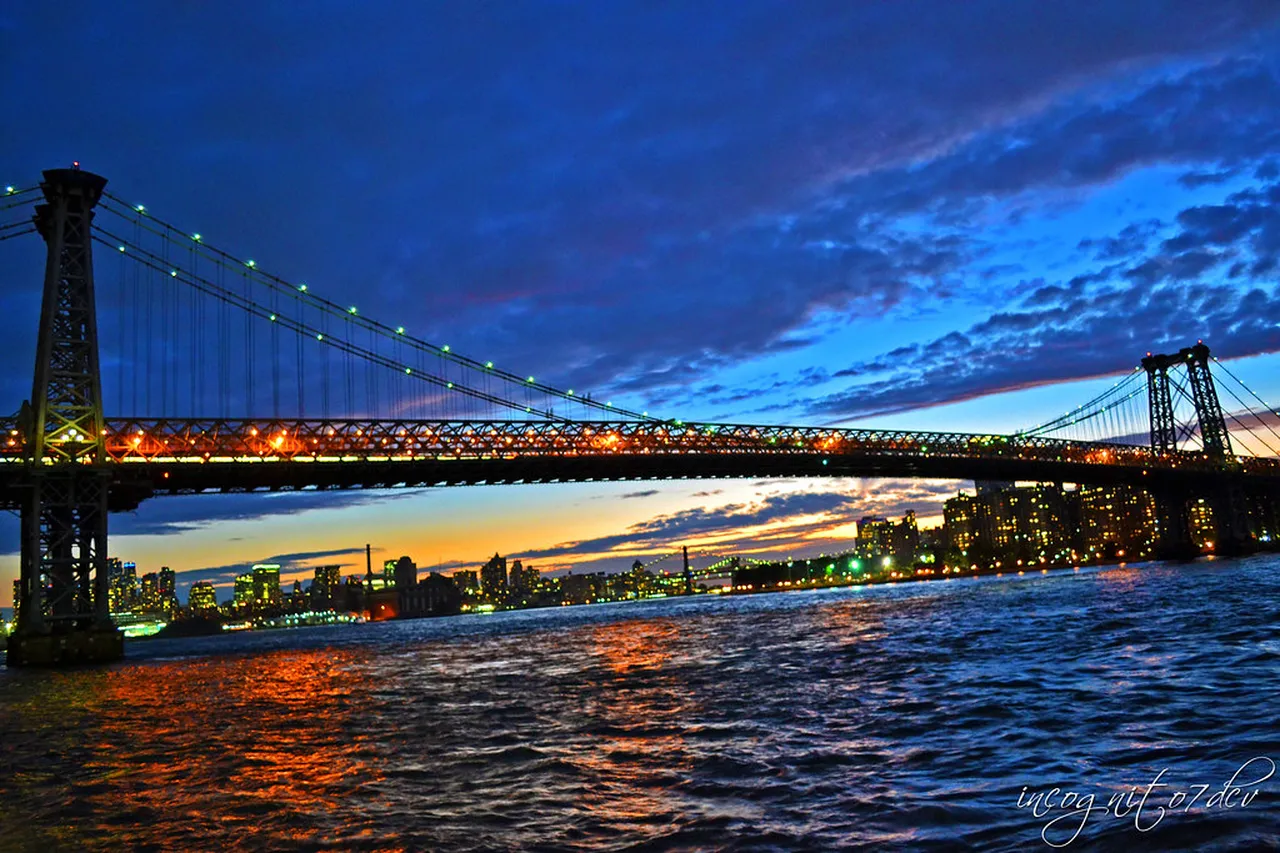
Hue Landmarks: Discover the 10 Unmissable Sites
Table of Contents
Hue Landmarks: Explore the Rich History of the City
Hue, the former imperial capital of Vietnam, is a city that boasts fascinating landmarks steeped in history and Culture. Known for its grand architecture, ancient temples, and picturesque landscapes, Hue is a treasure trove for travelers seeking to immerse themselves in Vietnam’s royal heritage. In this article, we will guide you through 10 prominent Hue landmarks that you must visit when in this remarkable city, each telling a unique story of its glorious past. Let the enchanting charm of Hue’s historical sites beckon you into a memorable journey through time.
Want to find the best travel deals for this destination? expert adventure planner with our adventure planning specialist!
1. The Imperial City: A Glimpse into Vietnam’s Royal Past

The Imperial City of Hue is a UNESCO World Heritage Site that transports you back to Vietnam’s royal past. As I entered through the formidable gates, I marveled at the intricate architecture and historical significance of this remarkable landmark. Additionally, the city served as the seat of the Nguyen Dynasty, thus showcasing the grandeur of ancient Vietnamese royalty.
Exploring the expansive grounds, visitors can admire the stunning palaces, temples, and gardens that offer a glimpse into the opulence of past eras. The Thái Hòa Palace is particularly impressive, serving as a ceremonial hall for the emperors. In conclusion, a visit to the Imperial City is essential for anyone wishing to understand the rich history of Hue and Vietnam.
2. Thien Mu Pagoda: The Iconic Symbol of Hue

Thien Mu Pagoda, often referred to as the Iconic Symbol of Hue, stands gracefully along the banks of the Perfume River. This seven-story pagoda is not only an enchanting sight but also holds deep spiritual significance for locals and visitors alike. When I visited, the atmosphere was serene, making it an ideal spot for reflection and solace.
Moreover, the pagoda is closely associated with the teachings of Buddhism, and you can often find monks practicing their rituals. A noteworthy feature is the large bell that symphonically tolls throughout the day, echoing its rich history dating back to 1601. Therefore, Thien Mu Pagoda is a must-see landmark that beautifully encapsulates the essence of Hue.
3. Tomb of Emperor Minh Mang: A Harmonious Blend of Nature and Architecture

The Tomb of Emperor Minh Mang is a stunning example of Vietnam’s royal architecture combining natural beauty with monumental design. Located amidst lush gardens, this tomb is not simply a resting place but a carefully planned layout that exemplifies harmony with nature. As I strolled through its serene pathways, the tranquil ambiance captivated my senses.
Characterized by traditional Vietnamese architecture, this site features intricate carvings and vibrant decorations that tell tales from the emperor’s reign. Visitors are often advised to take their time to appreciate its unique layout, with pavilions and lotus ponds reflecting the planning genius of the era. Thus, the Tomb of Emperor Minh Mang is not only a historical site but a spectacular representation of Hue Landmarks.
4. Tomb of Emperor Khai Dinh: A Unique Architectural Masterpiece

The Tomb of Emperor Khai Dinh stands as a remarkable example of Vietnamese architecture that blends Eastern and Western styles. This tomb, constructed between 1920 and 1931, is notably different from others in the region due to its intricate designs and the use of modern materials.
Upon visiting, you will be surprised by the elaborate mosaics made from glass and ceramic tiles, creating stunning visual narratives of Vietnam’s history. Moreover, the tomb is situated on a hillside, which offers breathtaking views of the surrounding landscape. As you explore, don’t miss the impressive statue of Emperor Khai Dinh, which greets visitors at the entrance.
Tip: Arrive early in the morning to enjoy the tranquility of the site before the crowds.
5. The Perfume River: Scenic Beauty and Historical Significance
Recommendation: Don't miss out on amazing Hue tours - book now!

The Perfume River (Sông Hương) not only enchants visitors with its scenic beauty, but it also holds great historical significance. Flowing through the heart of Hue, this river is named for the unique fragrance from flowers that bloom along its banks.
As you stroll or take a boat ride along the Perfume River, you can admire the lush greenery and iconic landmarks surrounding it, including various pagodas and the remains of ancient citadels. In addition, the sunset views along the river are simply mesmerizing. For those looking to experience extra magic, consider a night boat cruise with traditional music.
Pro Tip: Plan your visit during the Tet Festival for a vibrant and colorful scene!
6. The Flag Tower: A Remarkable Military Structure
The Flag Tower in Hue is a captivating military structure that stands as a beacon of history and resilience. Located near the Imperial City, this tower showcases the rich military heritage of Vietnam. Additionally, its towering height makes it one of the most recognizable landmarks in Hue.
Constructed during the Nguyen Dynasty, the tower is adorned with a large Vietnamese flag, serving as a symbol of national pride. Visitors can climb to the top for panoramic views of the surrounding area, including the Imperial Citadel and the Perfume River. Furthermore, this site is an ideal spot for photography enthusiasts.
Don’t forget to bring your camera to capture the stunning views!
7. Dong Ba Market: Experience Local Life and Culture
Visiting Dong Ba Market is a must for anyone wanting to experience the vibrant local Culture of Hue. This bustling marketplace is not only a shopping destination but also a hub of daily life for the locals. Here, you can find a myriad of fresh produce, traditional Vietnamese foods, and handcrafted items. As you stroll through the market, the energetic atmosphere will enthrall you.
Additionally, the market offers a unique opportunity to sample authentic dishes like Bún bò Huế (Hue beef noodle soup) and bánh bèo (water fern cakes). Notably, the aroma of street food wafts through the air, tempting you to indulge your taste buds.
Moreover, interacting with the friendly vendors is an enriching experience, as they are always eager to share their stories and local secrets. Therefore, if you’re looking for a genuine glimpse into the heart of Hue’s Culture, Dong Ba Market is the place to be!
8. Bao Quoc Pagoda: A Spiritual Retreat in the Heart of Hue
Bao Quoc Pagoda is one of the oldest and most significant pagodas in Hue, dating back to the 17th century. Nestled among lush greenery, this tranquil retreat offers peace and serenity away from the hustle and bustle of the city. The architecture showcases traditional Vietnamese design, with intricate carvings and colorful statues that embody Buddhist principles.
As you wander through the pagoda grounds, you will find a delightful garden filled with vibrant flowers and towering trees, perfect for meditation and reflection. Furthermore, the serene atmosphere is enhanced by the soft chants of the monks, providing an inviting ambiance for visitors seeking spiritual solace.
Don’t forget to capture the stunning views of the surrounding hills and the alluring imperial city nearby, making Bao Quoc Pagoda a picturesque spot for both peace and great photography!
9. Hue Railway Station: A Historical Transport Hub
Recommendation: Don't miss out on amazing Hue tours - book now!
Hue Railway Station serves as a key transport link in Vietnam and is an emblem of the country’s rich history. Opened in 1908 during the French colonial era, the station features beautiful French architectural styles combined with traditional Vietnamese elements that reflect its significance.
Using the railway is an excellent way to explore the scenic landscapes surrounding Hue. Trains provide a comfortable means to visit nearby cities and picturesque locales. Additionally, the station itself has a nostalgic charm, often filled with travelers eager to experience the journey.
Moreover, be sure to take a moment to appreciate the historical significance of this hub. It stands as a witness to the Events that shaped this beautiful region of Vietnam. Thus, Hue Railway Station is not just a transit point but also a place where history meets modern travel.
10. The Royal Fine Arts Museum: Preserving Hue’s Cultural Heritage
The Royal Fine Arts Museum in Hue is a must-visit destination for anyone interested in Vietnam’s rich history. Housed in a beautifully restored French colonial building, this museum preserves and showcases the artistic legacy of the Nguyen Dynasty. Visitors can admire a diverse collection of artifacts, including royal garments, paintings, and ceremonial objects.
As you explore, you will discover the deep connection between art and Culture in Vietnamese society. Notably, the museum also features innovative exhibitions that highlight contemporary Vietnamese artists. Interestingly, many pieces reflect the influences of both traditional and modern techniques.
Additionally, if you’re passionate about learning, I recommend joining guided tours that provide deeper insights into each artifact’s significance. This museum serves as a cultural bridge, connecting the past with the present and ensuring that Hue’s landmarks continue to inspire future generations.
Exploring the prominent Hue landmarks provides a fleeting glimpse into the city’s rich historical tapestry and architectural masterpieces. Each site offers a unique perspective into not just the legacy of Vietnam’s emperors but also the vibrancy of local culture and traditions. Whether you stroll through the Imperial City or seek serenity at Thien Mu Pagoda, you are bound to be enchanted by Hue’s charm. What landmark intrigued you the most? Share your thoughts in the comments below and start planning your visit to Discover Hue’s timeless treasures.